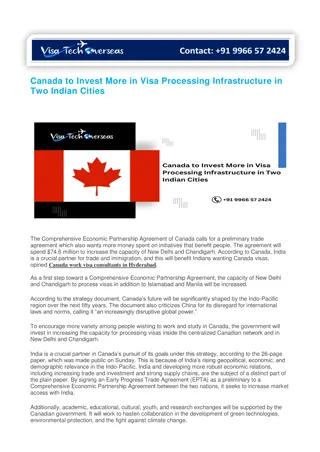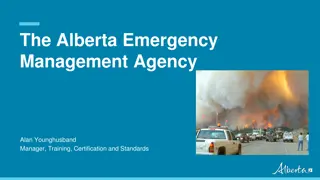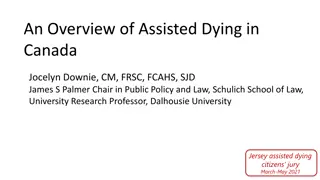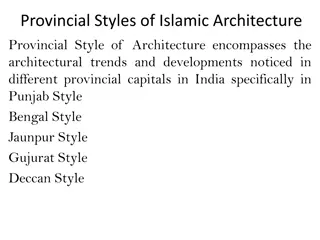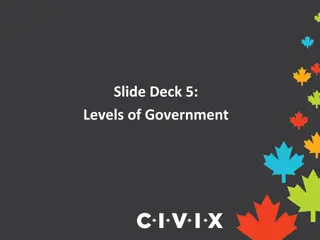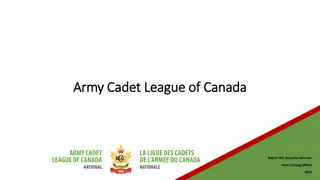Understanding the Provincial Government Structure in Canada
Canada operates under a parliamentary democracy with three branches of government - Executive, Legislative, and Judicial. In Ontario, the Legislative Branch debates and passes laws, the Executive Branch implements laws, and the Judicial Branch interprets laws. The government is formed by the party with the most representatives, and each branch has specific functions and responsibilities within the system.
Download Presentation

Please find below an Image/Link to download the presentation.
The content on the website is provided AS IS for your information and personal use only. It may not be sold, licensed, or shared on other websites without obtaining consent from the author. Download presentation by click this link. If you encounter any issues during the download, it is possible that the publisher has removed the file from their server.
E N D
Presentation Transcript
Slide Deck 6: Provincial Government
Parliamentary Democracy Canada is a parliamentary democracy; we elect representatives to our federal parliament and provincial and territorial legislatures to make laws These elected representatives are usually associated with a political party (a group of individuals with a shared vision and similar political beliefs whose intention is to achieve power) The party with the most representatives forms government and their leader becomes the leader of the government
Three Branches of Government In a parliamentary system, there are three branches or divisions: Executive (creates policies and implements legislation) Legislative (passes laws and legislation, scrutinizes government activity) Judicial (oversees and interprets laws)
Ontarios Legislative Branch Debates, amends and passes laws and legislation, with approval by the Crown Also responsible for scrutinizing government activity Consists of all elected Members of Provincial Parliament (MPPs)
Legislative Branch: A bill is introduced at Queens Park from www.ontla.on.ca
Ontarios Executive Branch (The Government) Operates, implements and enforces all the laws created by the legislative branch Comprised of: The Crown, represented by the lieutenant governor The premier The executive council made up of cabinet ministers (appointed by the premier) Each cabinet minister manages one of the ministries (e.g., Health and Long-Term Care, Education, Children and Youth Services) The executive council works with civil service staff within each provincial ministry (Ontario Public Service)
Ontarios Judicial Branch Interprets the law and punishes those who violate established laws, rules and regulations Comprised of: Ontario Court of Appeal headed by the Chief Justice of Ontario Supreme Court of Justice Ontario Court of Justice. Lise Maisonneuve Chief Justice Ontario Court of Justice The judicial branch operates independently and separately from the executive and legislative branches of government
Do you agree that the judiciary should be independent of the other two branches of government? Why or why not?
Responsible Government In our system of parliamentary democracy, the executive branch (or the government ) must have the support of a majority (or more than half) of elected representatives in order to govern. If the government loses a confidence vote in the assembly, the government must resign.
Majority vs Minority Govenment A majority government results when one political party wins more than half of all seats in the Assembly. A minority government occurs when a governing party wins less than half of the seats, but is able to maintain the support of a majority of the MPPs. Of the other parties in the legislature, the party that holds the largest number of seats becomes the Official Opposition.
What do you think the challenges are for a minority government?
In the June 7, 2018 election, Ontarians will elect 124 Members of Provincial Parliament. Question - How many elected representatives does a party need in order to win a majority government?





